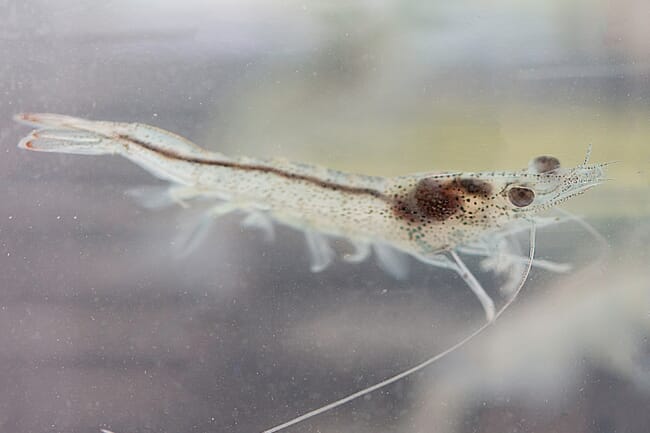The growing interest in aquaculture as a means of producing high-quality, fresh, never-frozen marine shrimp led to a new publication written by researchers at Kentucky State University and Purdue University.
Small-Scale, Year-Round Shrimp Farming in Temperate Climates, edited by Joe Morris, professor in natural resources ecology and management at Iowa State, is now available for free on the Iowa State Extension Store.

The
12-page document covers such topics as building and system design, water
quality factors, feeding and health, as well as economic and marketing
considerations.
“Even though they’re not native to the Midwest, there is still a large market potential for freshly produced marine shrimp that have never been frozen,” said Morris in a press release. “Anyone who has tasted fresh shrimp will recognize the difference.”
Many farmers use existing structures to produce shrimp, while others invest in new buildings. Morris said new buildings are often more efficient because they are built to withstand the heat, moisture and salinity that go hand-in-hand with producing saltwater shrimp.
Existing buildings require insulation and ventilation for year-round shrimp production and often are not as resistant to the heat and humidity as new structures. Morris said the decision comes down to economics and the expected return on investment.
The “Systems Design” section of the publication covers considerations for buildings, tanks, aeration, solids filtration and biofiltration.
Morris, who is also an extension aquaculture specialist and director for the North Central Regional Aquaculture Center, is hopeful that this new publication will be helpful for aquaculture producers across the Midwest. He said there is strong demand for fresh, saltwater shrimp, but it must be produced economically and reach the marketplace in a timely fashion.
“The main stumbling block is how do you produce these animals efficiently,” he said. “The market is there but you have to balance that with the supply and expected profits.”



